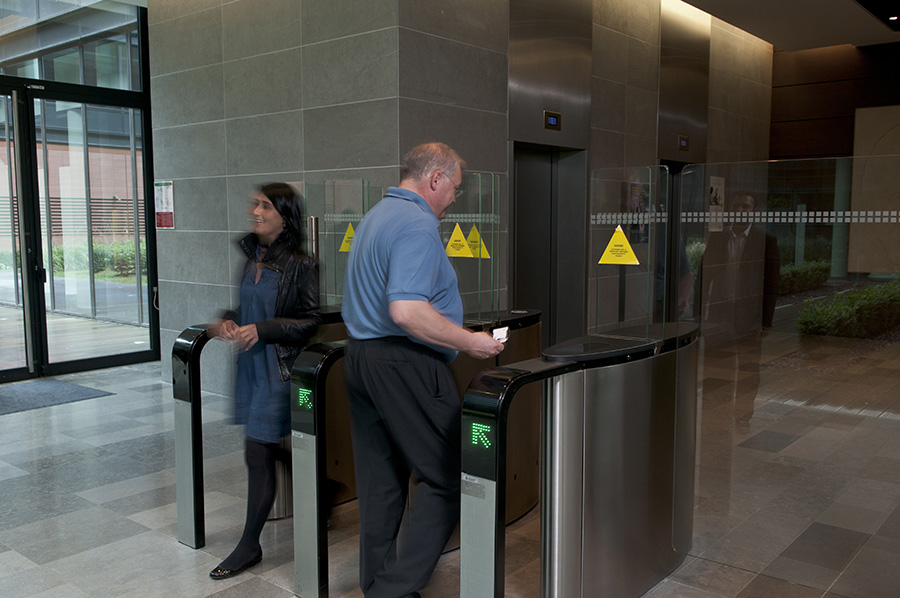Developed to ensure the safety of people and data, building access control systems are common sights at corporate offices and private homes all around Singapore. Integrated into doors, turnstiles, elevators, or even parking gantries, the “key” is often in the form of a wireless access card or dongle – though facial recognition systems are starting to see limited deployments.
An access control system is only as good as its implementation, though. Here are some ways you can strengthen your access control system implementation.

Review Access Regularly
A common problem with card-based access system is the presence of rogue access cards, which are typically access cards that are not properly tracked or issued as spares. When lost or misplaced, they create glaring security holes especially if left unreported. To pre-empt this problem and encourage the reporting of lost cards, issued access cards should not exceed the number of employees or residents who require access.
In addition, Atin Chhabra of Schneider Electric suggests that access should be automatically shut off for cards that have not been used for a predetermined amount of time. While oversights and mistakes with access card distribution may be inevitable in larger organisations, disabling of unused cards or forcing a periodic revalidation with a live human can go a long way towards enhancing security.
Establish a Link to HR
Ideally, access card should not be managed on standalone systems, but should be linked to the relevant human resource (HR) database. New hires are issued with an access card for their personal use, and which is collected back as part of the handover process when they leave the organisation.
Establishing this link gives the HR department the ability to quickly revoke or limit access where necessary, without the hassle or delay of having to go through another department such as building services or the IT department.

Upgrades are a must
It must be noted that access control systems are constantly evolving. For instance, older 125-kilohertz technology system is now considered insecure and should be updated with newer encrypted access cards with anti-cloning technology.
It is important to see the access control system not as a onetime investment, but as an ongoing project that must be periodically upgraded as part and parcel of a larger building management system. Moreover, access control functionality for larger deployments should be regularly tested to ensure that they continue to work correctly.

Mind the Tailgating
Even the best access control system in the world will not be effective in the face of tailgating. This can be due to a lack of security awareness, such as when employees hold the door open for others. While such gestures are nice, they can inadvertently admit unauthorised outsiders.
Aside from installing mantrap-style doorways, the only solution is through employee training to increase security awareness across the organisation. This cannot be understated, as the presence of an access control system often results in a casual attitude and complacency towards security.
Ultimately, an effective system allows an organisation to control who is accessing a venue or facility, deter would-be trespassers and enhance the safety of people and their valuables. You can learn more about the comprehensive security and access control systems from Schneider Electric here.








